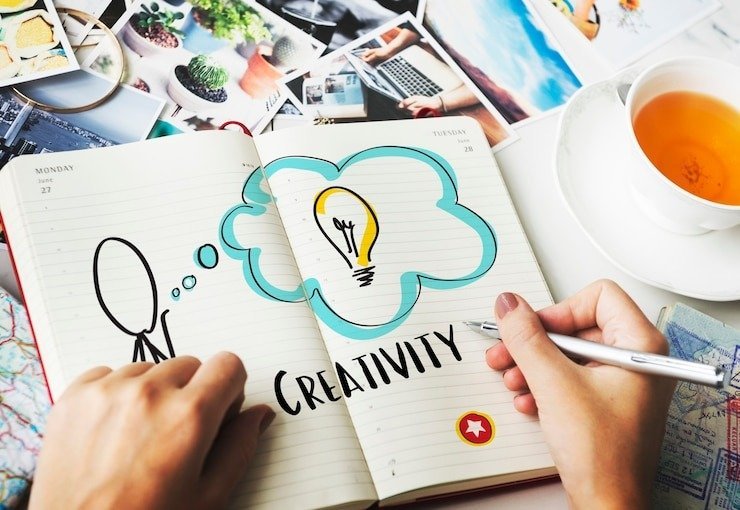In today’s rapidly evolving landscape defined by hyperconnectivity, our lives are intertwined with technology in ways that were unimaginable just a few decades ago. The internet, mobile devices, and social media platforms form an intricate web that connects us to information, people, and experiences from every corner of the globe. However, while the benefits of this connectivity are undeniable, it poses significant challenges that demand our attention—particularly the need for balance in our personal and professional lives.
The Double-Edged Sword of Connectivity
On one hand, hyperconnectivity provides unprecedented access to knowledge and resources. We can communicate instantly with friends across continents, access educational materials from top universities, and engage in global conversations about pressing issues. The world feels smaller, and opportunities seem boundless. Yet, this constant connectivity can also lead to information overload, distraction, and a pervasive sense of urgency. The expectation for immediate responses and the pressure to be perpetually “on” can overwhelm even the most resilient individuals.
The Importance of Digital Detox
To counteract the negative effects of hyperconnectivity, it is essential to embrace the concept of a digital detox. Taking regular breaks from screens and social media can help restore mental clarity and foster deeper connections with the people around us. A digital detox doesn’t have to be an extended retreat; even short periods of disconnection can lead to improved focus, enhanced creativity, and a renewed appreciation for the present moment.
Finding Balance in Work and Life
For professionals, the challenge of maintaining a healthy work-life balance has intensified in an age where the boundaries between work and personal life are increasingly blurred. Remote work arrangements and flexible schedules, while offering freedom, can make it difficult to “switch off.” It is vital to establish clear boundaries—designating specific times for work, setting aside personal time, and encouraging a culture of respect for those boundaries within organizations.
“In a world that is always connected, the most revolutionary act may be to disconnect.” – Unknown
The Role of Mindfulness
Incorporating mindfulness practices into daily routines can serve as a powerful antidote to the chaos of hyperconnectivity. Mindfulness encourages us to be present in the moment, cultivating awareness and reducing stress. Simple techniques, such as meditation, focused breathing, or mindful walking, can significantly enhance our ability to cope with the demands of a hyperconnected lifestyle. By embracing mindfulness, we can foster resilience and cultivate a deeper sense of balance in our lives.
Nurturing Real-Life Connections
While technology enables us to connect with others, it can also create a facade of connection that lacks depth. It’s crucial to prioritize face-to-face interactions and nurture real-life relationships. Engaging in meaningful conversations, spending time with loved ones, and participating in community activities can enrich our lives and provide a sense of belonging that virtual interactions often lack.
Embracing Slower Living
In response to the frenetic pace of hyperconnectivity, many are turning to the concept of “slower living.” This movement advocates for a more intentional approach to life, emphasizing quality over quantity in experiences, relationships, and consumption. Slower living encourages us to savor moments, appreciate simplicity, and engage fully with our surroundings. It challenges the notion that busyness equates to productivity and success, inviting us to reflect on what truly matters.
Conclusion: A Call to Action
As we navigate the complexities of a hyperconnected world, finding balance is not just a personal endeavor but a collective responsibility. We must advocate for practices and policies that support well-being in our workplaces and communities. By prioritizing mental health, fostering real connections, and embracing moments of disconnection, we can create a more harmonious existence amid the whirlwind of connectivity. Let us be mindful of the choices we make and the lifestyles we cultivate, ensuring that in our pursuit of connection, we do not lose sight of the essential balance that sustains us.
